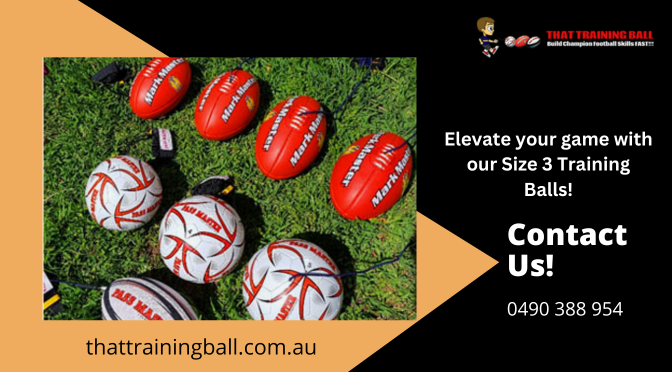When kicked, the best rugby balls will take an accurate flight and afar – at least as far as you would like it to go. In order to kick rugby balls as efficiently as possible, you’ll need a ball that comes with:
- Low profile grip- as it will go all the way to cut down on air resistance and drag
- In-seam valve – as it will ensure flawless in-flight balancing and a stable flight path when airbourne
- And, a panel structure with three or four plies – as it will ensure that the ball is sufficiently heavy and stays out of the wind.
What is so important about the panel construction?
One of the most crucial parts of the ball is the construction of the panels. It establishes the weight of the ball, its form, and characteristics that are related to energy transfer when an external force is applied on the ball. Panels of the Size 3 Training Balls like any other ball are made up of several layers, or “ply,” between the bladder and the outside layer, which is where the grip and rubber are located.
Typically, match balls have three or four plies. However, most of the training balls, including the size 3 balls, come with two or three layers. Higher plies indicate higher quality.
Match balls are perfect for long passes and kicking since they are often a little heavier than two-ply balls and are thus less impacted by wind. In general, a ball with more plies will maintain its form longer than a panel with fewer plies.
The balls’ reaction to being kicked and the energy that is transmitted to the bladder, the bladder’s core, are also influenced by the materials used in the ply construction.
The layers that are built beneath the exterior cover are made of a wide variety of materials. Laminate made of polyester, cotton, poly-cotton, or another synthetic substance.
Cotton is less efficient in transferring energy, or imparting kicking force to the ball, than synthetic fabrics, while being less expensive. We’ll make a lower-quality ball out of cotton. The best match balls as well as training balls are made entirely of synthetic ply with unique components that carry that ‘energy’ that is transmitted to the ball, when kicked or thrown,
Placement of valve – another aspect of panel construction
The panel construction has to have a sync with the valve placement. The valve has to be in conjunction with the panels so that the overall getup of the panels is not distorted.
In addition to being used to fill the bladder, the air valve is crucial to the ball’s functionality. The ball becomes unbalanced due to the weight of the valve. A premium training ball like the Size 3 Training Footballs surely feature properly positioned valves. The ball’s rotation is enhanced, improving passing, kicking, and ball spin accuracy and distance. When compared to a training ball, the valve on lower-quality training balls might be less precise and accurate because of imbalances that can counterbalance spin.
The valve on these top quality training balls is positioned in the ball’s seam to enhance rotation and assist distribute weight more efficiently.
So get the best training balls from reputable online sporting goods stores like That Training Ball. Call us to book our service.








